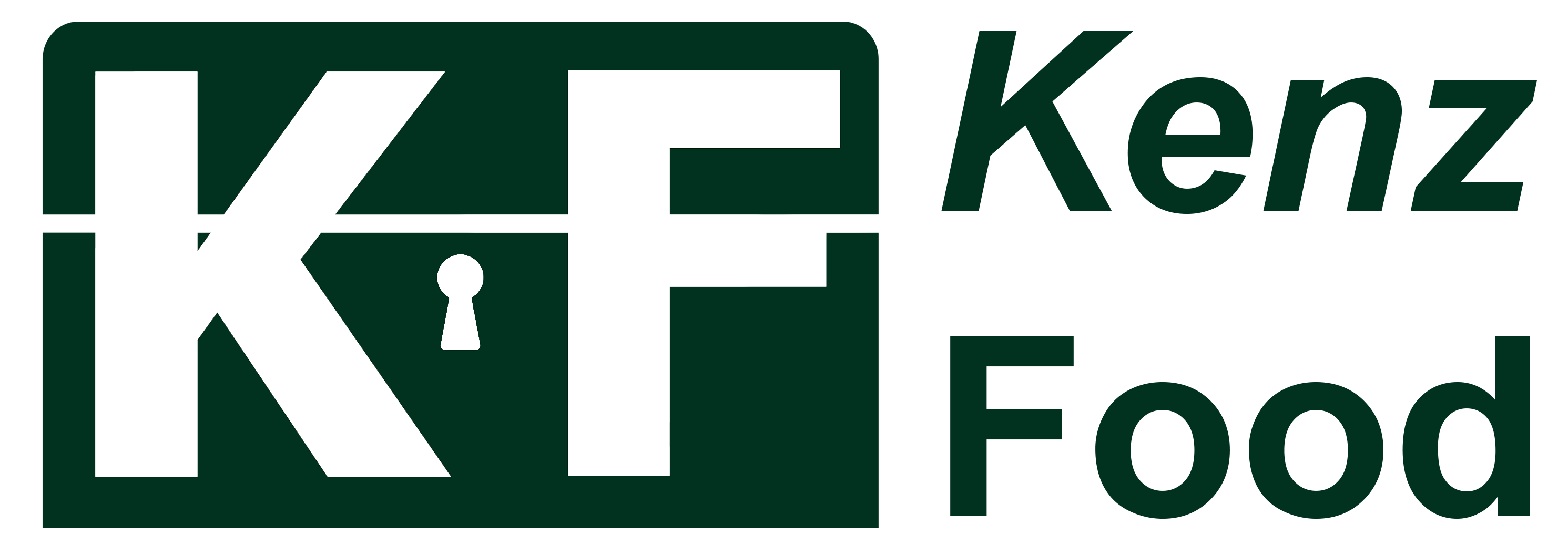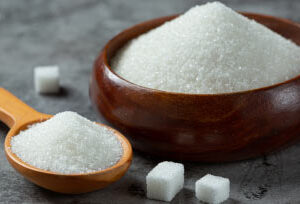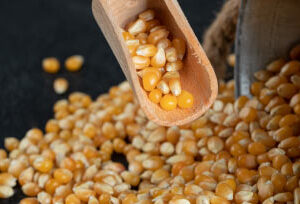Description
The information is provided here will help you to get the right wheat from the stores or market.
Wheat is a highly nutritional and widely cultivated cereal grain. For over 7 centuries, wheat has been raised and harvested in many countries around the world. It’s one of the world’s most important crops and holds the title of the second most-produced grain in the world, beaten only by corn.
In 2021, global wheat production reached over 776 million metric tons, securing its place as one of the world’s most consumed grains, second only to rice. Wheat remains a crucial dietary staple for numerous regions, providing 20% of the global population’s daily protein intake. Its ability to grow in various soils and climates significantly contributes to its widespread consumption.
Different Types of Wheat:
There are many different varieties of wheat, each of which has different protein contents and kernel color.
There are two primary categories: winter wheat and summer wheat, which are classified based on their growing season. They’re then sub-categorized based on hardness, color, and shape. You can find information on these subcategories in the table below.
Type of Wheat | Properties |
|---|---|
Soft red winter wheat | This type of wheat has baking properties which make it suitable as an ingredientin baked goods like cakes, pastries and cookies. |
Hard red winter wheat | This type of wheat is grown in low temperatures and snow-covered regions.It has high protein content and is used for products like general purpose flour,flatbreads and cereals. It’s also the most important type of wheat produced inthe United States. |
Hard red spring wheat | This type of wheat is produced in hot, dry climates. It’s glutencharacteristics make it a good choice for use in food products like bagels,croissants and pizza crusts. |
Soft white wheat | Sweeter and softer than other types of wheat. It’s low in proteinand gluten which makes it great for more exquisite pastries andcakes, as well as Asian noodles |
Hard white wheat | This type of wheat has slightly less protein and is less bitter than hard redwheat. It’s used in softer loaves such as pan loaves. |
Durum wheat | This type of wheat has more protein than any other type and is used to make pasta. |




